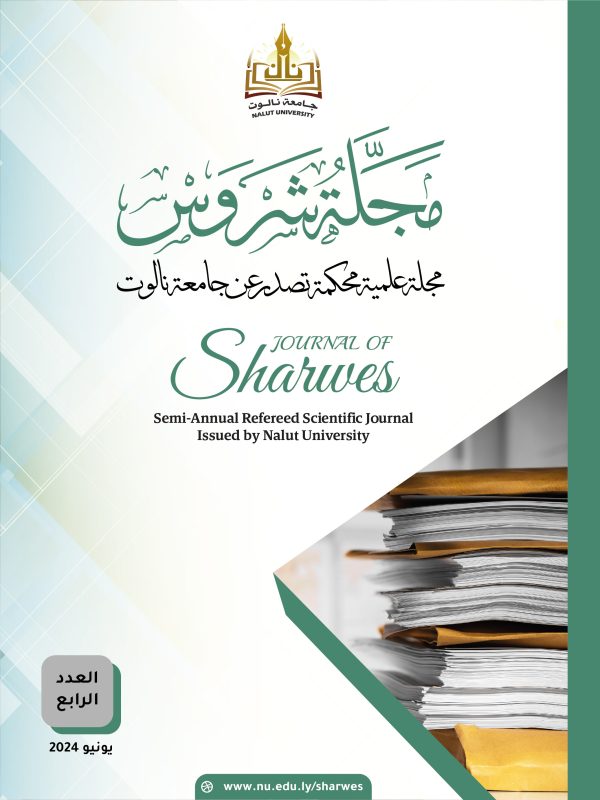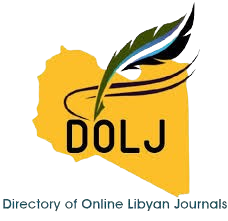حَمَلَةُ العلم وسلسلة نسب الدين وأثرها في نقل العلم والدعوة إلى نفوسة وزوارة وبلاد المغرب "دراسة استقرائية تحليلية"
Keywords:
land of Nafusa, Shamakhi, Debt ratios, genealogiesAbstract
This scientific paper, entitled “The bearers of knowledge and the genealogy of religion and its impact on the transfer of knowledge and advocacy to Nafusa, Zuara and the Maghreb countries, is an inductive and analytical study. I intended to highlight that knowledge and advocacy were transmitted to the generous land of Nafusa through blessed scientific chains, in which a group of notable figures participated over time. The people of the enlightening torches and the flowing scientific river. The paper responds to the need to highlight this despite the scarcity of attention from researchers and the urgent need of the people of this era for more knowledge about it . Another series of debt ratios according to sources? The researcher will use the historical, inductive and analytical method. The research consists of three sections: The first section: holders of knowledge. Second: The genealogy of religion mentioned by Al-Shamakhi and others. The third is a genealogy of religion according to other sources. Among the results of the research is its confirmation that the roots of the genealogies of religion in particular and the Ibadi school in general and their origin go deeply into the school of the Prophet, may God bless him and grant him peace, and his companions and the links of these chains were distinguished by the abundance and size of the great scientific source of the Companions. There is no school of thought that had a huge number of Companions, just as the prominent professors of the school had the scientific level of the type of recipients of the Companions, as they were the seas of knowledge and the senior jurists among the Companions, with the diversity of takings from the great and the small. The paper highlighted the genealogies of the religion according to Al-Shamakhi, Al-Haylati, and others, and highlighted details that agree with these in some of its prominent figures in places and differ in places, whether from the material printed on the material or the manuscript from it, as well as these chains according to the people of the Mountain or all of North Africa.








